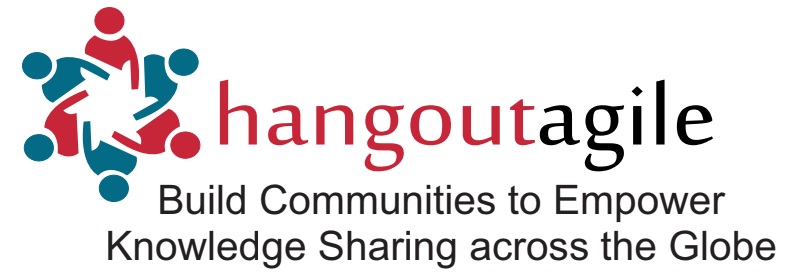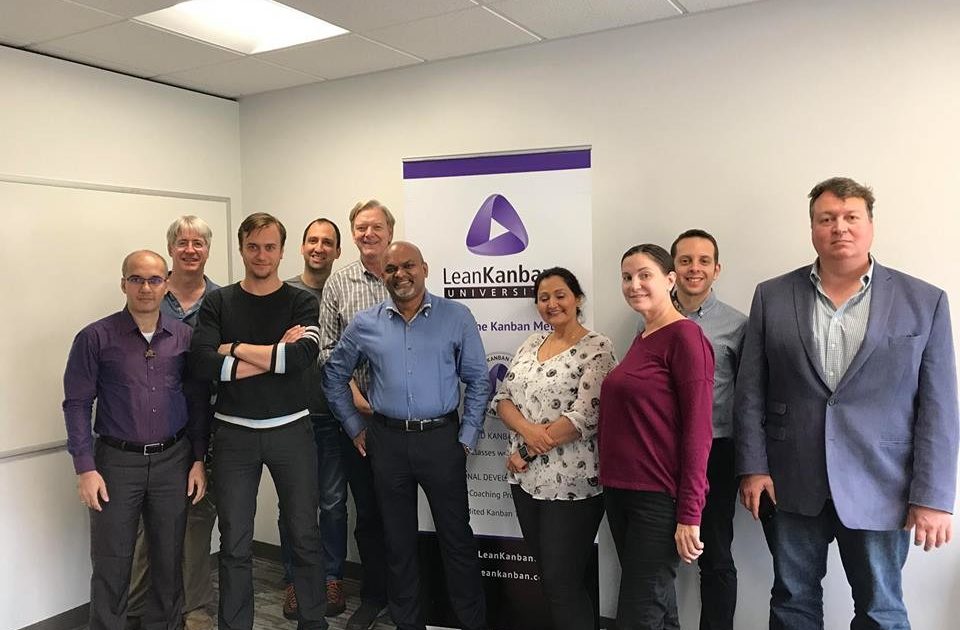Lean Kanban University offers the Kanban Method:

Let me start by sharing my agile experience over the last 15+ years. Of course, this journey is still going on with even more passion than before. I have assisted/associated many Project/ Program Managers/Leaders since 2002. My deep exploration and comparison of Agile Software Development Methodologies with Traditional Development Methodologies started in 2007, when I moved into this wonderful and amazing world of Project / Program / Portfolio Management full time. Kanban has been one of my favorite methods throughout this journey.
I have implemented many programs & projects using various methodologies. Kanban implementation has a high success rate and let me take you through a few of the points at a very high level:
- It’s PULL System can enable the teams or organizations to become more Customer Centric by promoting collaboration to fulfill customer requests.
- LKU’s pragmatic, actionable, evidence-based guidance by describing classes & events, that can be applied to customize your Kanban Implementation.
- It promotes understanding & respect for the current processes & roles practiced by the organization. This benevolent approach reduces the natural human change resistance (Upstream & Downstream), contributing to an amazing success rate of >90% in all our consulting assignments
- It encourages agreement to pursue improvement through evolutionary change and acts of leadership at all levels across the organization, enabling higher motivation
- The visualization methods help to bring out the invisible work, workflow and business risks
- Kanban Systems “limit work-in-progress” creating a better flow of work without overwhelming the workers
Combining all these, Kanban delivers faster, more predictable delivery and an adaptive capability that enables you to respond effectively to changes from customer demand or your business environment.
The Kanban Method’s general practices include Visualize, Limit Work In Progress, Manage Flow, Make policies explicit, Implement feedback loops, Improve Collaboratively, and Evolve experimentally. These practices ensure continuous flow of the entire system.
Kanban also discourages multi-tasking as it reduces efficiency by up to 40%. I have seen this in many programs where multi-tasking reduction has played a key role in raising the quality of the product and kept the team more focused and motivated. As Kanban gives more focus on Task Completion, the “Stop Starting, Start Finishing” way reduces the incomplete task count and makes a great difference in the throughput at the System Level.
Even for a single team or individual, the adoption of basic Team Kanban provides:
- Relief from overburdening
- Better quality
- Workers take a professional pride in work
- Customer Satisfaction
This really helps individual contributors and teams manage their work better and achieve a sustainable pace.
Disciplined conduct and acts of leadership make the daily meeting more useful. Specific problem solving & improvement discussions are taken immediately after the daily meeting.
Are you interested and want to know more about how to apply Kanban in your Project/Program/Portfolio? Do you want to be more competitive in your industry?
Then rather than waiting,
“Be the Change You Want to See in the Organization, Industry etc.”
by joining our next Kanban training program at your location to make yourself part of the world of Lean Kanban. To Register: Click on Register Now. Also visit: https://www.diaame.com & https://www.hangoutagile.com for more details.


